
Zion National Park Photo Zion National Park is an International Dark Sky Park. With this designation and the hard work of many employees within the park, visitors can experience pristine night skies. Having a protected dark sky allows Zion to be a home for many nocturnal animals, including bats. Bat Misconceptions While there are some bats in Mexico, Central, and South America who will drink blood, the bats found in Zion National Park are insectivores! The park's bats primarily eat flying insects, like moths, soft-bodied beetles, and even grasshoppers. However, some of the larger bats in the park eat bigger prey including invertebrates such as scorpions and tarantulas.
No! Although bats have small eyes, they put them to good use! A bat's eyes are perfect for low light situations. Bats rely on their vision, as well as their hearing, when it comes to socializing, navigation, and protection. Some biologists speculate that bats might even use the stars and moon to naviagate at night.
No! Bats are closely related to shrews or moles, and are actually more similar to humans than they are to rodents like rats. Scientists have a variety of theories on the evolution of bats and one such theory is that they evolved from a tree shrew!
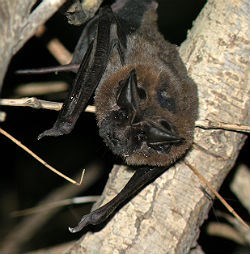
Zion National Park photo Bat Unbelievable Truths
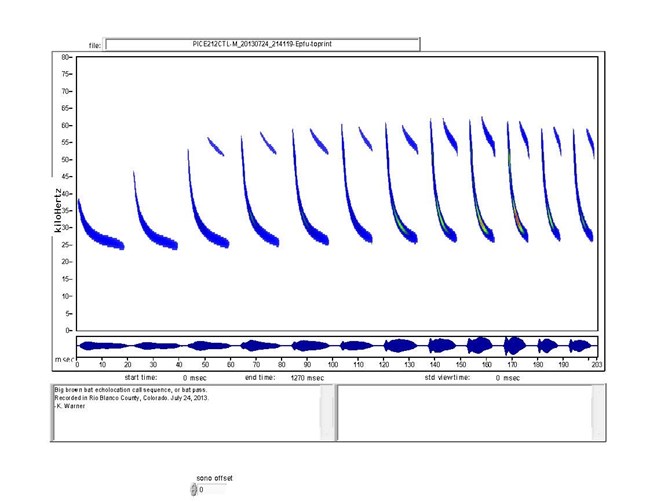
Katy Warner/CSU Some bats will still compete for food with each other by jamming the system. When bats make a call out for food, the call has a space between sounds. Ideally, this gap allows the bat to listen for the echo. If there is another bat in that space competing for food, it will send out calls during the other bat's gaps. Not all bats are competing and some biologists have noticed that bats will help each other from time to time too! Bat Species Found in Zion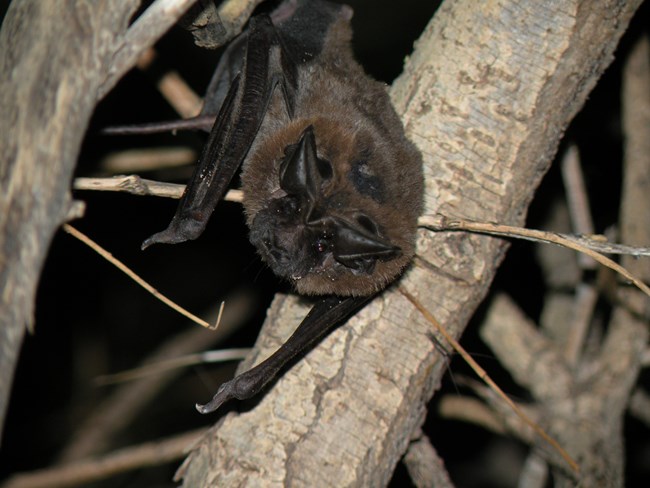
Zion National Park Photo Big free-tailed Bat(Nyctinomops macrotis)A big bat you can come across in Zion is the Big free-tailed bat. With a wingspan of 17-18", this bat is a powerful flyer. The Big free-tailed makes calls with a frequency low enough for humans to hear. This bat leaves its roost late in the evening, on the hunt for large moths. They aren't picky and will go after crickets, flying ants, stink bugs, and leafhoppers. 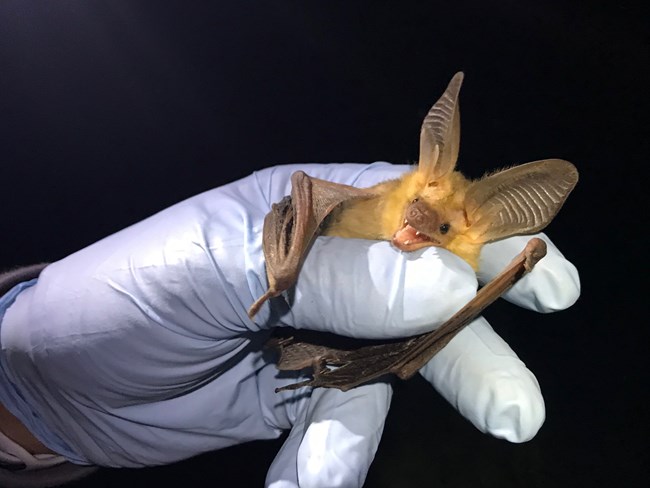
Zion National Park photo Pallid Bat(Antrozous pallidus)One of the largest bats in Zion, the pallid bat has a wingspan of 15 -16". Due to its size, the pallid bat can get lift off from the ground, almost like a helicopter. This bat emerges later than most bats, around 9 or 10 pm. The pallid does not solely rely on echolocation to hunt, but also uses its large ears to listen for any movement. While hunting, it stays close to the ground where it finds a variety of invertebrates, or occasionally a small rodent or lizard. The pallid bat may be a favorite of some campers, as they can even eat scorpions and centipedes, apparently immune to the venom. 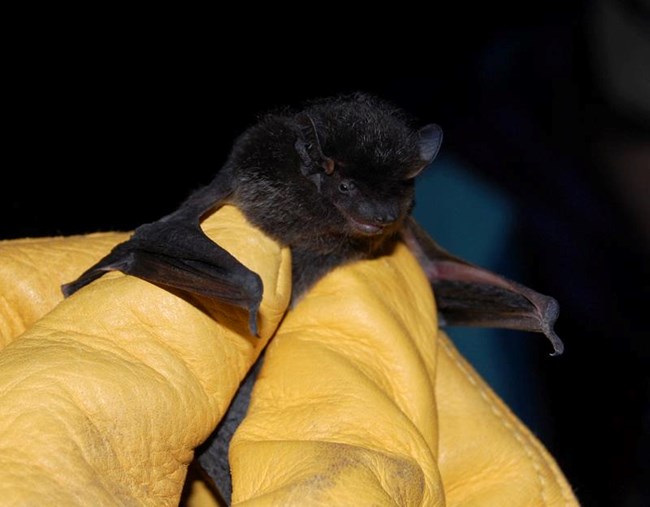
Chiricahua National Monument photo Silver haired Bat(Lasionycteris noctivagans)The Silver-haired bat gets its name from the silvery-white tips of hair found along its body. This bat species has short, rounded ears and black flight membranes. The coloring of the silver-haired bat makes it distinct amongst other bat species. Like many bats, the Silver-haired bat will hunt moths, true bugs, flies, leafhoppers, flying ants, beetles, and even termites. This tree roosting bat has been found in woodpecker holes, bird nests, and human-made structures like open sheds and garages. 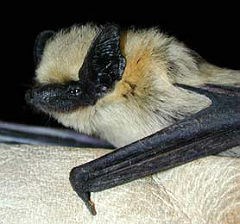
Pipe Spring National Monument photo Canyon Bat(Parastrellus hesperus)Also known as the canyon bat, this is the smallest bat species in North America, and the most commonly seen bat in Zion. It is the first to come out in the evening, up to two hours before dark. Its wing beat is slow and weak, and at a quick glance it may appear to be a bird in flight. It eats a variety of flying insects including mosquitoes, moths, flies, flying ants, and wasps. Weighing only as much as a nickel, it can eat 20 percent of its weight every night. 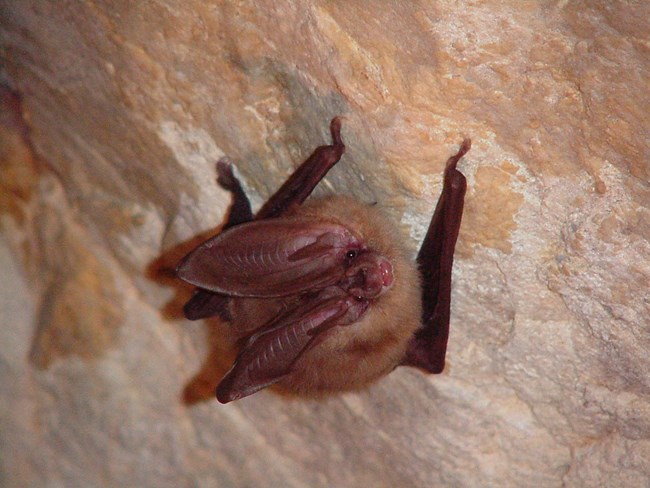
Timpanogos Cave National Monument photo Townsend's big-eared Bat(Corynorhinus townsendii)With a wingspan of 12-13", the Townsend's big-eared is a hard bat to miss. Townsend's big-eared bat has very long ears which measure about half of its body. This species of bat is also known as the "ram-eared" bat. When this bat roosts and hibernates, it has been seen curling its ears across the back and shoulder, mimicing a ram's horns. A strong flyer, the Townsend's big-eared bat has been known to point its ears forward when flying, potentially contributing to the bat's lift. With the late emergence, this bat can be found in the desert scrublands of Zion and in the pinyon juniper of the plateau. Download the Mammal List for the complete list of bats found in Zion. Articles of Interest |
Last updated: September 3, 2022
